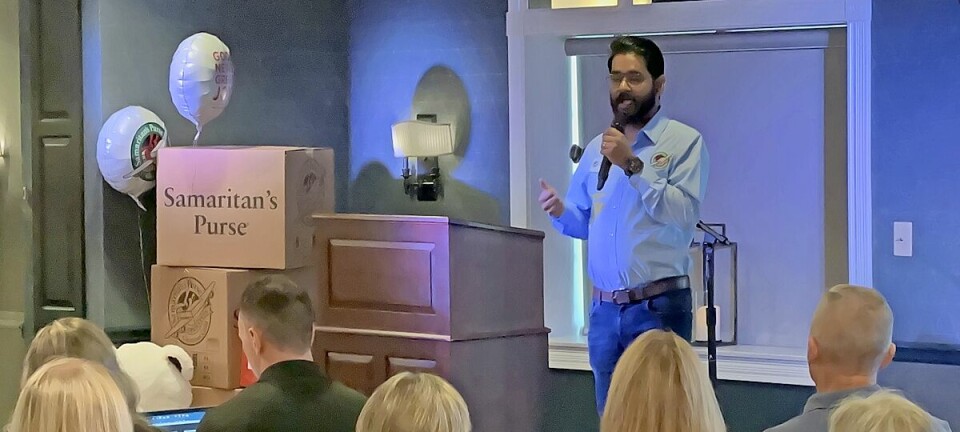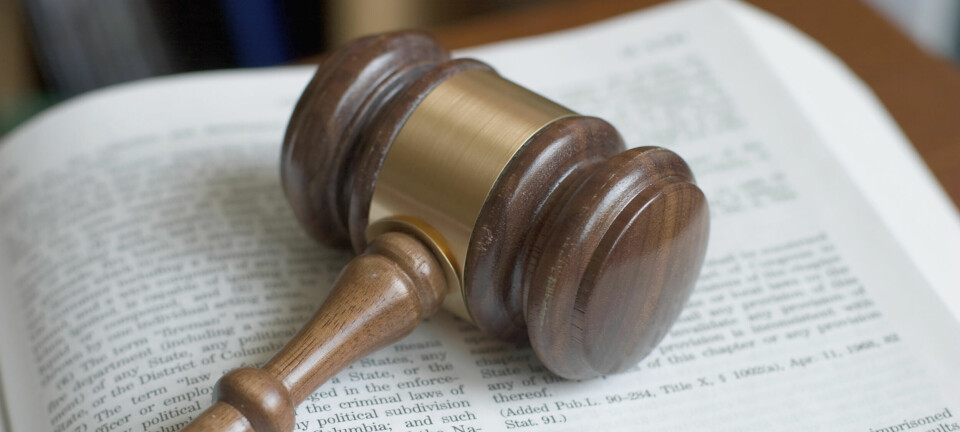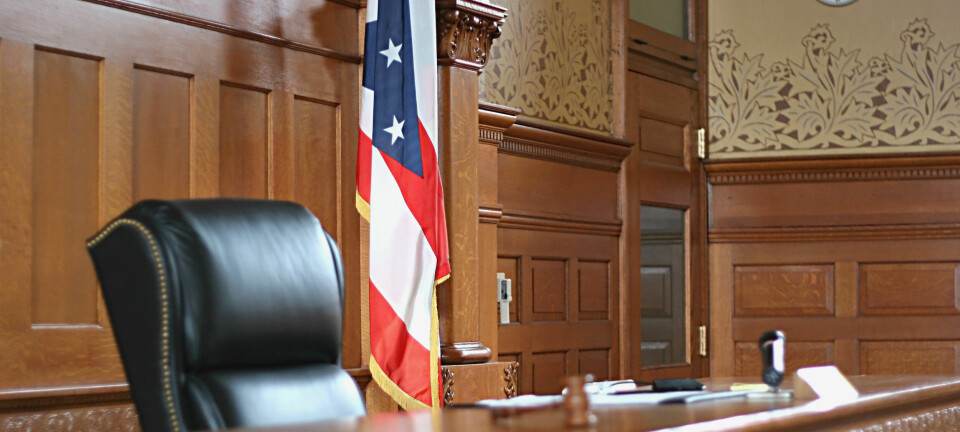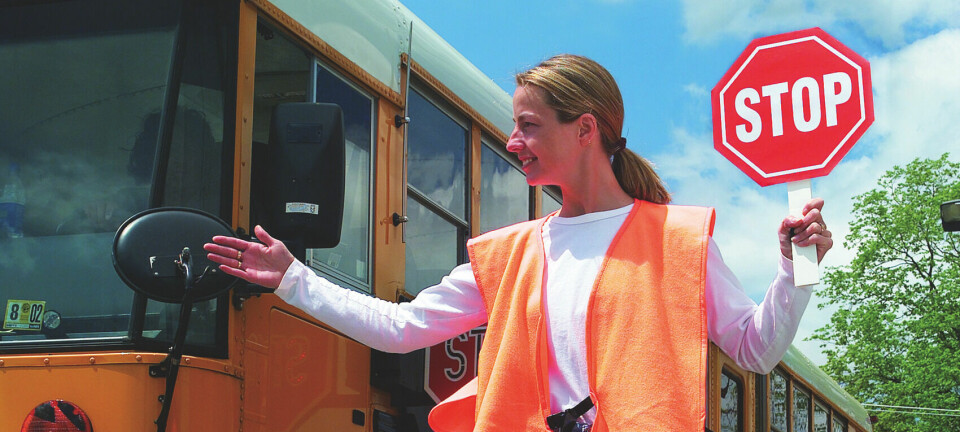Tax valuations may cause sticker shock
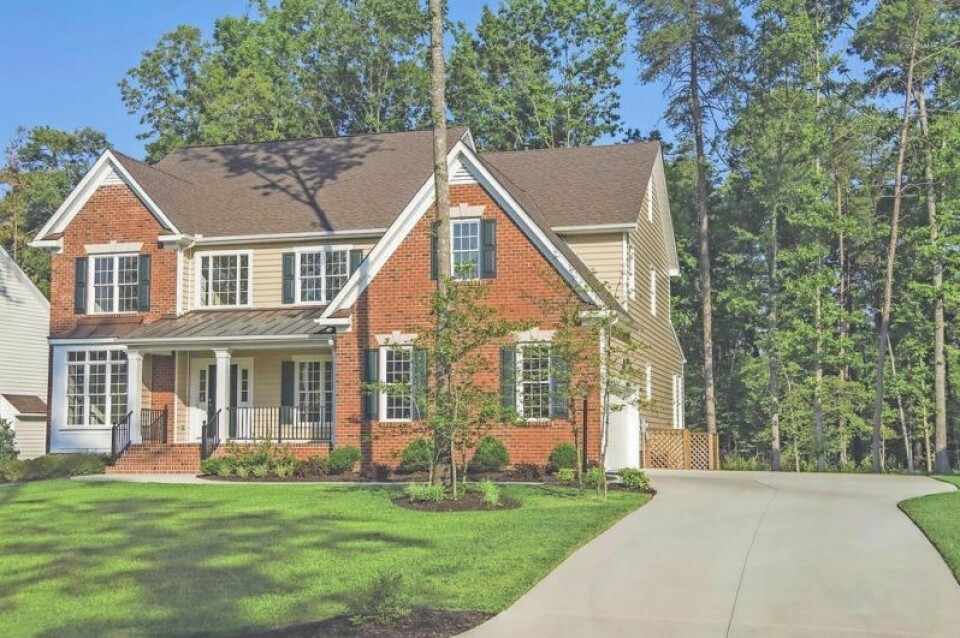
Locals may have gotten sticker shock when receiving a letter from the Wayne County Auditor’s Office informing them their house had been reappraised.
Property values within the county were recently reappraised with most valuations being adjusted upward for a nearly 37% increase.
According to a news release prepared by Wayne County auditor Jarra Underwood and posted on the auditor’s website, “The Ohio Revised Code requires county auditors perform a full reappraisal of property every six years. In the third year after a reappraisal, a triennial update is mandated by the state, ensuring property values remain aligned with the real estate market. The Ohio Department of Taxation oversees both the full reappraisal and the triennial update.
“Wayne County submitted a 24% total increase of residential values, which was denied. A second submission, proposing an increase of 32.73%, was also denied. The ODT accepted the county’s third submission — a total increase of 36.52% for residential property values.”
Notably, commercial and industrial properties did not see an uptick in values. However, as explained on the website, “Agricultural parcels enrolled in a program called Current Agricultural Use Valuation will see an increase on their tax bills based on increase in soil rates set by the ODT but not due to an increase in property value.”
This increase in assessment does not necessarily mean your real estate tax bill will increase by 37%. The property assessment forms the basis of your tax rate, but there are other factors involved in calculating that rate.
Real estate taxes are based on millage. Underwood explained millage as follows: “Most of a taxing district’s millage comes from the levies that voters in a taxing district have approved (outside millage). In addition to the voted outside millage, the Ohio Constitution allows for 10 unvoted mills (inside millage). Inside mills are shared by the county, townships, cities, villages and school districts. The sum of the inside and outside millage produces the full tax rate.”
There are certain tax-reduction factors that can be implemented as property values increase; however, the Ohio legislature has implemented a “floor” on how low those tax-reduction factors can allow the millage rate to go. If a school district is already at the floor or minimum millage threshold of 20/2, then the tax reduction factors cannot be used to lower taxes. Every school district in the county is already at that minimum low threshold of 20/2, except for the Wooster City School District; therefore, the property assessment will increase taxes in most taxing districts.
If concerned about how this impacts you, there are ways to obtain information about these changes. You can view tax information specific to your property by navigating to your property’s parcel page. On the parcel page, you can view your total tax charge, as well as your tax distribution, which itemizes the exact amount of tax produced by each levy in your taxing district. First-half property taxes are due to the treasurer by Feb. 22.
If you disagree with your property valuation, there is a way to challenge the assessment, but there are specific deadlines and a process you have to follow.
“Property owners have until April 1, 2024, to file a complaint against their property value with the Wayne County Board of Revision,” the release on the website said. “The BOR process is for those who believe that the auditor’s market value is higher than what they could have sold their property for on the open market on Jan. 1, 2023.”
Information regarding the property assessment and the process for challenging assessments may be found on the auditor’s website at www.waynecountyauditor.org.





